With increasing awareness and advancements in research surrounding learning difficulties, dyslexia is more understood than ever before. Unfortunately, misconceptions and myths still exist regarding this language-based learning difference. To better identify and understand dyslexia, it is important to know not only what dyslexia is, but also what it is not. Below, we’ve compiled and debunked the five most common myths about dyslexia.
Myth #1: Dyslexia causes letters or words to appear backward or out of order
Seeing letters or words backward or out of order is by far the most popular myth regarding dyslexia. Many children commonly reverse letters when writing, or confuse word order when reading, but this is not necessarily a definitive sign of dyslexia. Additionally, dyslexia does not cause words to appear differently. Rather, children with dyslexia have deficits with phonological processing or connecting speech sounds with written letters or groups of letters. This language processing deficit or hindrance results in difficulty with reading and writing.
Myth #2: Dyslexia is related to problems with vision
Vision problems neither cause nor result from dyslexia. Children with dyslexia are no more likely to have vision problems than children without it. Dyslexia is a language-based learning difference characterized by difficulty processing the phonological component of words and is completely unrelated to issues with eyesight, though the conditions can co-occur. Vision problems can certainly make reading fluency and comprehension more difficult, but glasses or contacts will not address dyslexia symptoms.
Myth #3: Dyslexia is a sign of below-average intelligence
There is absolutely no correlation between dyslexia and intelligence. Children with dyslexia display a range of IQ levels and are just as likely to be above or below average intelligence levels as anyone else. Dyslexia is identified when a child performs significantly below expectations in reading or writing, given their IQ range. With early identification, assessment, and intervention, the effects of dyslexia can be mitigated, and children with dyslexia can experience equal or greater academic success compared to their peers.
Myth #4: Dyslexia is a condition that can be cured
Dyslexia is not a medical condition, nor can it be “cured” like one. This learning challenge is a lifelong processing difficulty that exists on a continuum—mild to severe—and early intervention and instruction can help to improve life with dyslexia. After a dyslexia diagnosis, children need appropriate education and instruction. Many dyslexia tutoring programs are rooted in the Orton-Gillingham Approach, which focuses on one-on-one or small-group classes to implement multisensory, structured, and systematic teaching. With adequate tutoring and support, children with dyslexia can learn to live and work with dyslexia, and use their learning differences as a strength.
Myth #5: Dyslexia will go away over time
Children do not simply grow out of a learning difference like dyslexia. Children with dyslexia may struggle less with reading and writing as they age, but it cannot be outgrown. People learn and progress much more quickly in their younger years, and accordingly, early intervention and support for children with dyslexia is imperative to their success.
How ReadSource Can Help
ReadSource is a non-profit, launched by the Schenck School, designed to extend resources, expertise, and support for struggling readers. Through teacher training, student tutoring, and active partnerships, ReadSource aims to empower communities to serve dyslexic learners. We offer a variety of courses and workshops and provide opportunities to improve knowledge and raise awareness about dyslexia through continuous partnerships with several outstanding organizations. Join us at an event, sign up for our initiatives, or donate today.








Leave a Reply